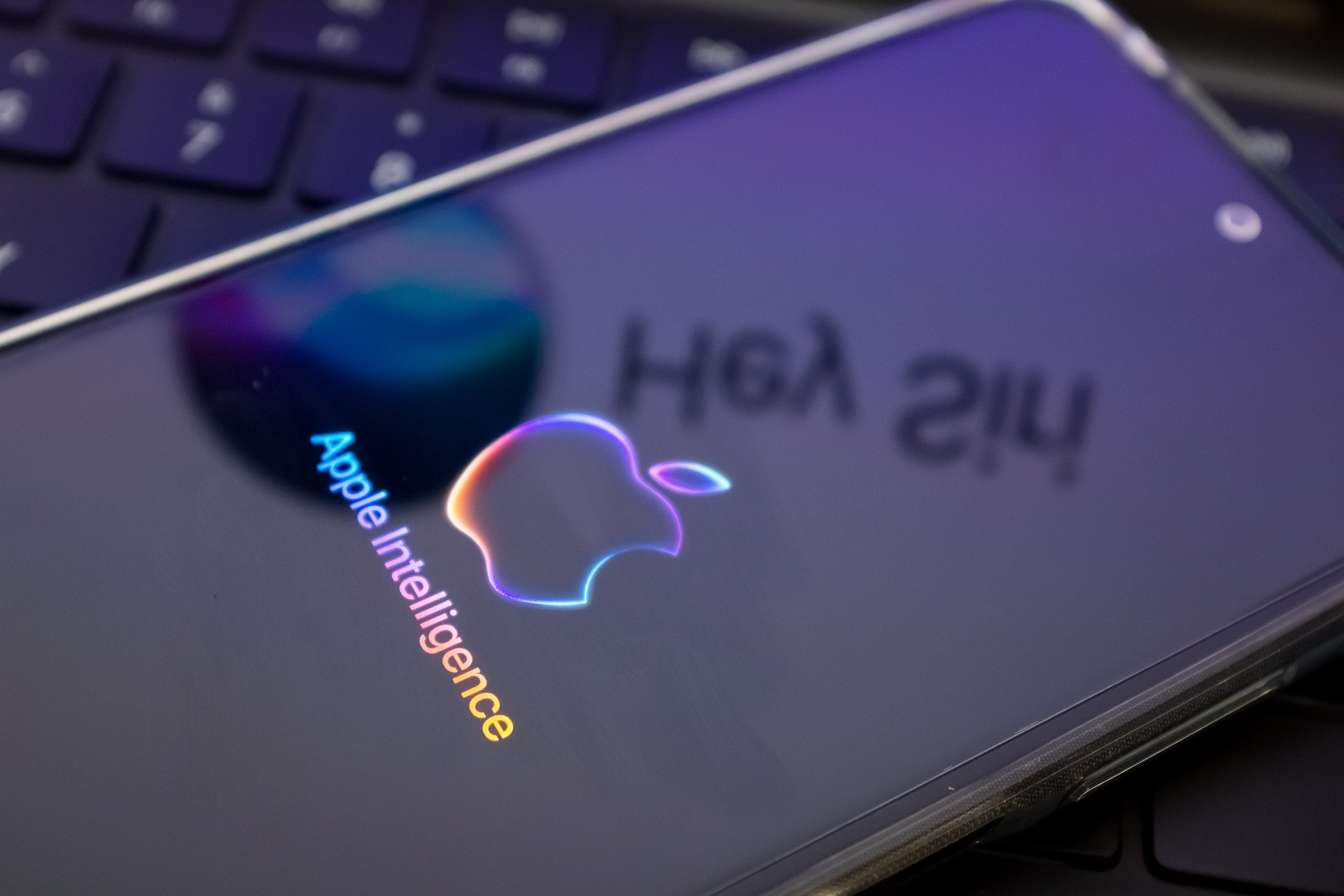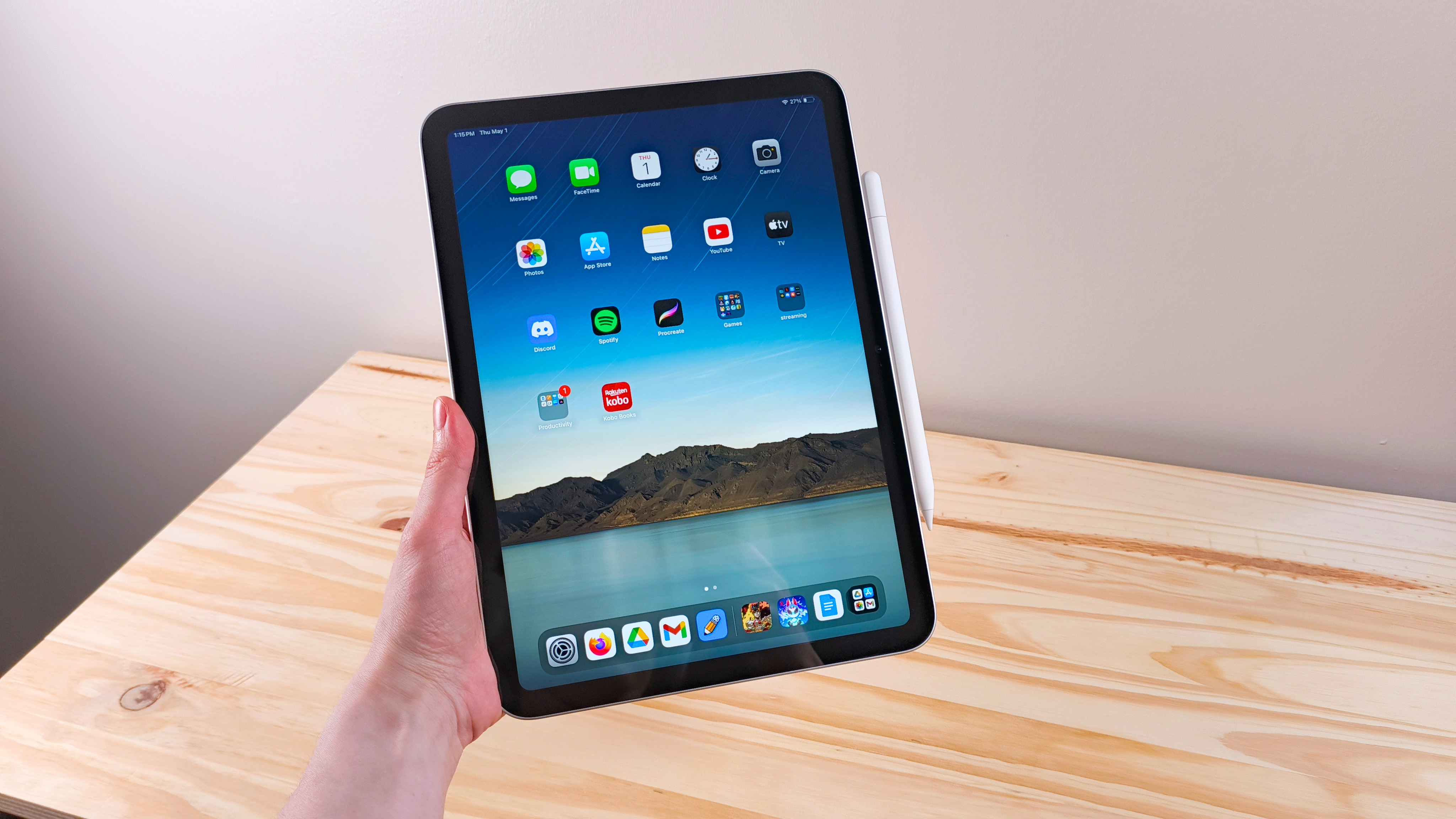Apple won't build an Apple Intelligence chatbot, but you can in seconds — here's how
Here's how to make the Apple Intelligence chatbot that Apple won't

In multiple interviews following the WWDC 2025 on June 9, Apple executives made it clear that the company has no intention of creating an Apple Intelligence-powered chatbot at this time to compete with ChatGPT, Claude, Google AI, and other similar platforms.
Craig Federighi, Apple's senior vice president of Software Engineering, and Greg Joswiak, senior vice president of Worldwide Marketing, reiterated this message in interviews with Tom's Guide, The Wall Street Journal, and other outlets.
While they readily admitted to the popularity and utility of these chatbots and left open the possibility of it happening someday, it's not the AI experience that Apple is currently looking to deliver to its customers.
That's fine for Apple, but an upgrade to Shortcuts in the developer beta for iOS 26 lets you ignore how Apple feels about making its own chatbot, and in seconds, you can have an Apple Intelligence chatbot up and running on your devices.
Here's a quick look at how to do it if you're running the iOS 26 developer beta. If you aren't eligible to install the developer beta, bookmark this page for when the first public beta arrives in July.
How to use Apple Intelligence as a chatbot
- Open Shortcuts.
- Tap the plus button in the upper-right corner.
- Search for "Use Model" in the "Search Actions" bar
- Select "On This iPhone" or "Private Cloud Compute" from the listed Models.
- Add a Text element where you can ask your question or request something from the chatbot.
- Toggle the Follow Up option if you want to be able to ask additional questions.
- Select whether you want the Output from the chatbot to come as a notification or text saved to Notes, or to the clipboard.
That's all there is to it. Now, obviously, this isn't as smooth an experience as the standalone chatbot apps available, but it's interesting to experiment with how Apple Intelligence performs at this task.
Late but great?
Apple’s decision to skip the chatbot hype cycle may feel like a miss in the short term, especially as competitors like OpenAI, Google, and Anthropic flood the market with conversational AI personalities. But that’s not unfamiliar territory for Apple.
Sign up to receive The Snapshot, a free special dispatch from Laptop Mag, in your inbox.
Historically, the company has let others go first — and often falter — while it refines its own vision for how a new technology should work.
Remember when Apple launched the iPad without a stylus, dismissing it altogether? Steve Jobs famously said, "If you see a stylus, they blew it." Years later, the Apple Pencil arrived, not as a tool critical to basic use of the iPad, but as an accessory that could augment specific use cases.
The same could be said of tablets. While Microsoft and others had early tablet PCs on the market for years, it wasn’t until Apple introduced the iPad that the category truly took off.
Even the Apple Watch came long after smartwatches from Microsoft, Pebble, Sony, Motorola, Samsung, and more. However, within a couple of years, it became the world's best-selling wearable device.

A similar pattern could be unfolding with generative AI. While competitors race to win the chatbot popularity contest, Apple is taking a quieter approach, threading AI into the fabric of iOS, iPadOS, and macOS.
From semantic photo search and inline writing tools to real-time translation, Apple Intelligence isn’t a destination — it’s a layer. There’s no standalone Apple chatbot because the company doesn’t want users to stop what they’re doing to engage with AI. Apple wants AI to support what its users are already doing.
Of course, the danger in this approach is that Apple risks letting others define the conversation about AI. That can shape public perception in a way that’s hard to unwind. Apple doesn’t want to be seen as behind, even if history shows that being second (or third, or fifth) can work out just fine.
This concern isn't helped by Apple's recent demonstration of how this can go wrong with the Apple Vision Pro. While there's plenty of time for Apple to crack AR and spatial computing, it's undeniable that the current Apple Vision Pro will not be that product.
So will Apple eventually release its own systemwide chatbot? Probably. But when it does, it will likely be less about keeping up with ChatGPT and more about delivering something that makes sense within Apple’s ecosystem of privacy, design, and usability.
For now, Apple is playing its usual long game. It will deflect complaints about being slow or late and focus on being the best. Eventually.
More from Laptop Mag
- Meta Quest 4: Everything we've heard about Meta’s upcoming VR/AR headset
- I used the Switch 2 and Switch OLED side by side for a week — here’s what surprised me
- 7 best early Amazon Prime Day iPad deals you don't have to wait to get
Sean Riley has been covering tech professionally for over a decade now. Most of that time was as a freelancer covering varied topics including phones, wearables, tablets, smart home devices, laptops, AR, VR, mobile payments, fintech, and more. Sean is the resident mobile expert at Laptop Mag, specializing in phones and wearables, you'll find plenty of news, reviews, how-to, and opinion pieces on these subjects from him here. But Laptop Mag has also proven a perfect fit for that broad range of interests with reviews and news on the latest laptops, VR games, and computer accessories along with coverage on everything from NFTs to cybersecurity and more.
You must confirm your public display name before commenting
Please logout and then login again, you will then be prompted to enter your display name.

